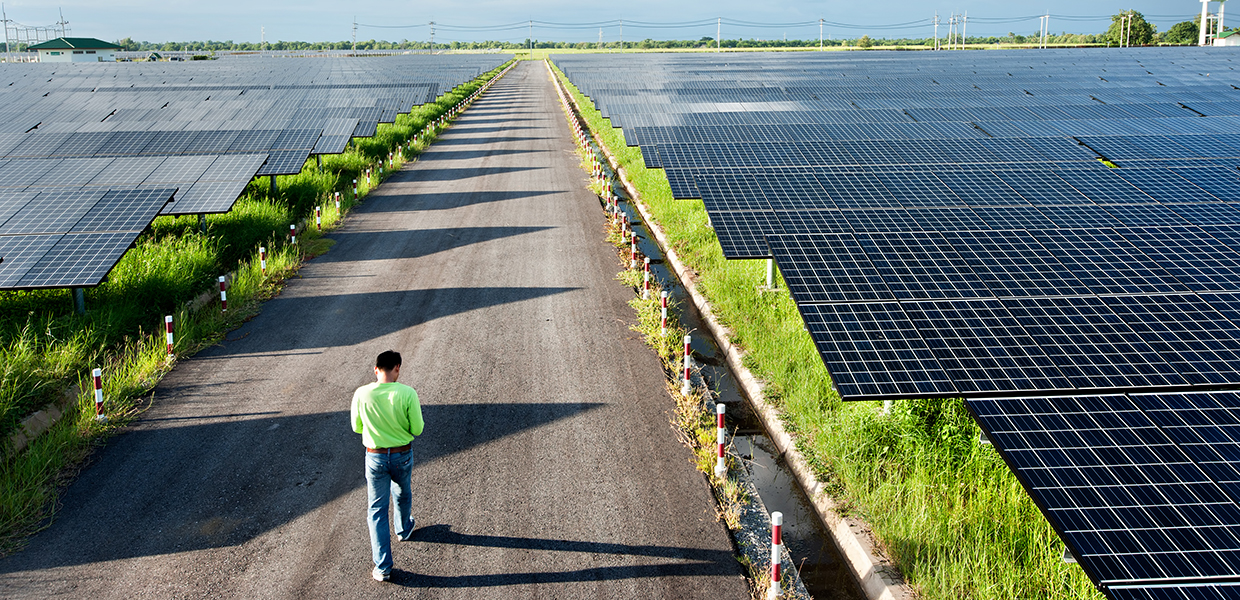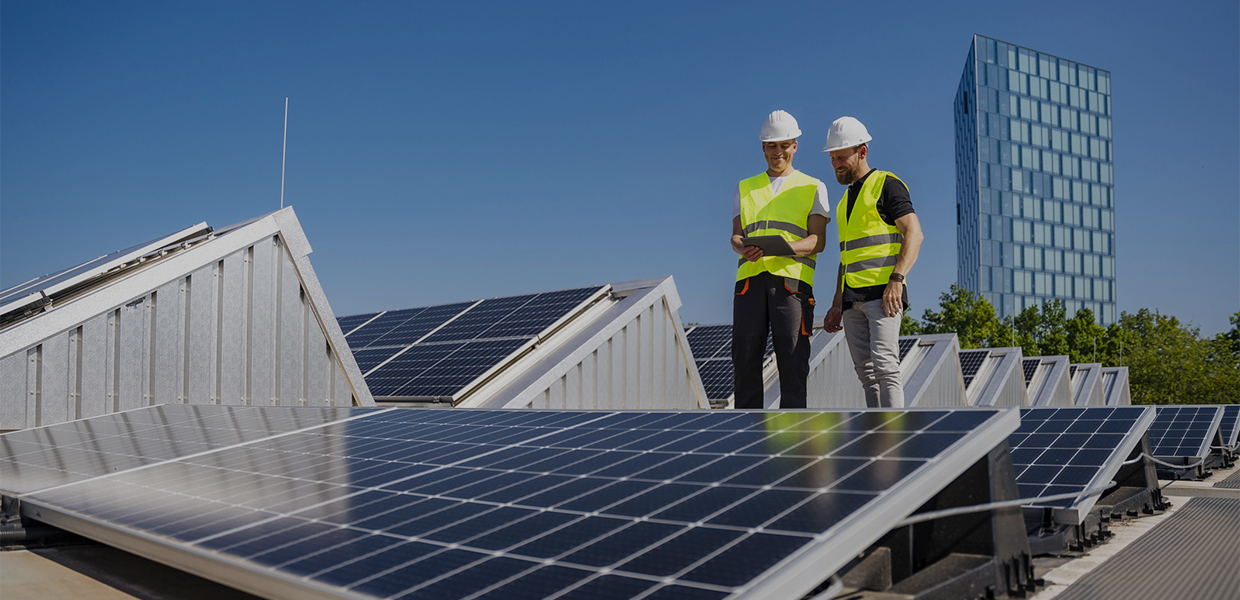Highlights
- As power costs rise and grid stress increases, industrial users are turning to smart building controls, automation, and predictive maintenance to reduce energy demand and improve resilience. These systems not only cut costs, but also prepare businesses for a more complex energy future.
- Despite growing commitments to fleet electrification and energy efficiency, real-world implementation is held back by grid constraints and long project lead times. Businesses are addressing this by combining energy conservation with modular infrastructure and local energy sources like solar and batteries.
- More than just products, customers now expect full-service energy solutions — from financing and permitting support to digital monitoring and guaranteed performance. Those who take a long-term, collaborative approach are building stronger, more repeatable customer relationships.
As U.S. industrial and commercial players pursue decarbonization, the energy transition is no longer just about renewables, it’s about readiness. Readiness for electrification, digitalized energy management, and above all, for a future where energy costs, reliability, and regulatory expectations are shifting faster than ever.
Between now and 2050, U.S. electricity demand is projected to increase by 78%, with a 25% rise expected by 2030 alone (source: ICF sees 25% load growth by 2030, up to 40% price increase | Utility Dive). Yet grid capacity isn’t keeping up the pace. From 2018 to 2023, the U.S. added an average of just 40 GW of new generation annually, half of what’s required through 2045 to meet demand (source: Electricity demand to rise 78% by 2050, study says). Even with 80 GW added in 2024 (source: U.S. Demand Growth Forecast | ICF), permitting bottlenecks, long project timelines (5–7 years for gas plants), and rising AI-driven loads, all raise a critical question: Can industrial users rely on the grid?
Core strategies for industrial energy readiness
Let’s break down what leading players are doing to navigate this transition across four core areas: smart building systems, Electric Vehicle (EV) charging, LED lighting retrofits and infrastructure upgrades, and OEMs collaboration.
1. Smart building controls are the frontline of Energy Transition
The best kilowatt-hour is the one you never use. In high-impact sectors like HVAC, refrigeration, and lighting, the U.S. market is seeing accelerated investment in smart controls, IoT-based systems, and grid-interactive building technologies.
The U.S. building automation and control systems market is projected to grow at a CAGR of 11.9% through 2034 (ExpertMarketResearch), while U.S. HVAC investments are expected to grow at 6.9% CAGR through 2033 (Grand View Research). Key growth drivers for this are:
- New refrigerant and energy efficiency standards (e.g., SEER2, AWEF).
- Indoor air quality (IAQ) and cybersecurity requirements.
- The demand for predictive maintenance and resilient design amid increasing power reliability concerns.
Successful Original Equipment Manufacturers (OEMs) are enabling system-level intelligence: Buildings that respond to peak grid load, optimize consumption, and integrate onsite energy like solar, Battery Energy Storage Systems (BESS) , or microgrids. Industrial users are increasingly selecting suppliers that can meet not just today’s, but future digital and energy requirements.
Are you looking for energy finance solutions? Meet us at RE+ in Las Vegas on September 8-11 to find out how we can work together. Contact us today.



